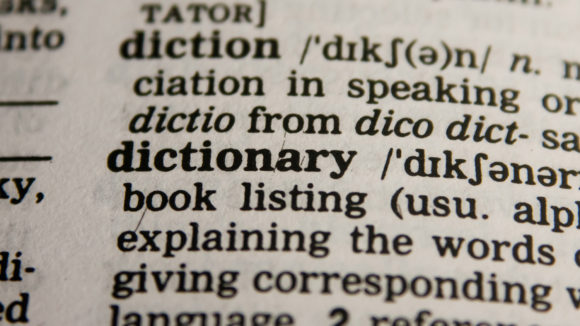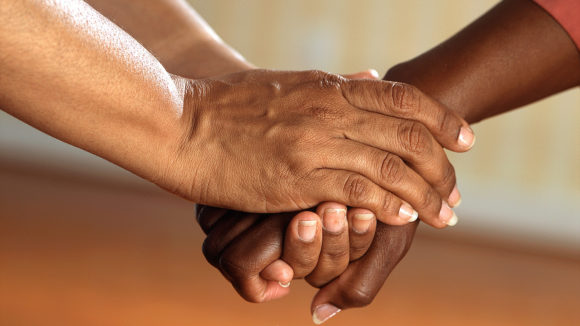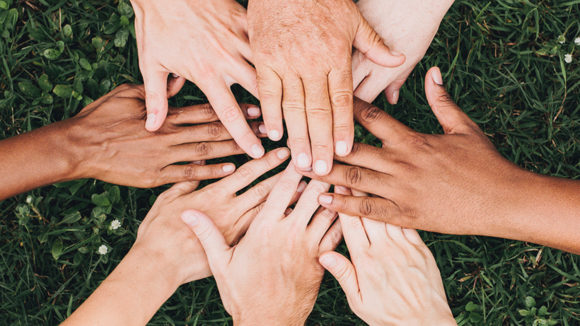12 tips to make health programmes inclusive for people with disabilities
Sightsavers hosted a recent workshop focusing on practical approaches to disability inclusion in healthcare, as part of CORE Group’s Global health practitioner conference in the US state of Maryland.
The workshop aimed to identify common barriers experienced by non-governmental organisations and other agencies in including people with disabilities in their health programmes, and practical solutions to overcome these barriers.
During the workshop, I presented Sightsavers’ approach to inclusive health programming, explaining some of the work we’re doing in in South Asia and East Africa and providing an overview of Sightsavers’ inclusive health toolkit.
Workshop participants were able to interact with the panellists and other attendees to share their experiences and explore topics that emerged during the presentations. As a result, participants generated 12 recommendations to make health programmes more inclusive for people with disabilities.
About the workshop
The workshop was organised in collaboration with Humanity & Inclusion, Catholic Relief Services, Light for the World and the National Forum of Women with Disabilities of Pakistan. The participants included representatives from mainstream health organisations, universities and agencies working on disability inclusion.
1. Clearly define disability and inclusive health
Problem: Lack of understanding about disability and inclusive health within an organisation can generate confusion, reduce confidence and hinder progress.
Solution: Promote a shared understanding of disability based on the UN Convention on the Rights of Persons with Disabilities, and ensure your health programming follows the commitment to universal health coverage included in the Sustainable Development Goals.
2. Get senior managers on board
Problem: If senior managers don’t commit to investing in healthcare for everyone, it will hamper the entire organisation’s progress around disability-inclusive health programming.
Solution: Encourage senior managers to commit by giving them the chance to learn more about disability and health for all, identifying potential opportunities and making a case for investing in disability-inclusive health programming.
3. Develop your skills, knowledge and resources
Problem: If your organisation lacks technical skills and resources on disability and inclusive health programming, you will not be able to design and deliver quality programmes.
Solution: Provide training for staff, recruit or appoint inclusion ‘champions’, and encourage collaboration with disabled people’s organisations and other groups working on disability inclusion.
4. Set aside budget for disability inclusion
Problem: If you don’t allocate adequate financial resources to promote disability inclusion, people with disabilities will be left out of health programmes.
Solution: When developing a health programme, budget for disability inclusion from the design stage, including costs for data, capacity building and engaging with disabled people’s organisations. Whenever possible, make sure disability inclusion is part of existing processes.
5. Improve accessibility of health infrastructure
Problem: If health facilities are not accessible, people with physical, sensory, intellectual, psychosocial or other impairments may be excluded from healthcare.
Solution: Work with disabled people’s organisations to carry out accessibility audits, and renovate the infrastructure to make health facilities more accessible, following universal design principles.
6. Train health workers
Problem: If health staff and community health workers don’t have adequate knowledge, skills and attitudes about disability, they may find it hard to interact with people with disabilities, who may feel excluded or unwelcome.
Solution: Collaborate with disabled people’s organisations and disability-specific organisations to provide training for health staff and community health workers so they can develop their skills and knowledge.
7. Tackle stigma and discrimination in the community
Problem: Prejudice, stereotypes, stigma and negative attitudes within families and communities may prevent people with disabilities from seeking health treatment.
Solution: Engage with disabled people’s organisation and other community groups, and encourage people with disabilities to help design and implement social and behaviour change communication.
8. Make sure everyone has access to health information
Problem: If communication materials and approaches are not available in accessible formats and health awareness campaigns are not inclusive, people with disabilities may not be able to get the health information they need.
Solution: Develop information materials and communication approaches in a variety of accessible formats, such as audio, written, visual, sign language and braille, and ensure that activities such as health awareness camps specifically include people with disabilities.
9. Include people with disabilities in decision-making
Problem: When people with disabilities and their representative organisations are left out of decision-making, their needs, challenges, strengths and aspirations may be overlooked and ignored, increasing exclusion and discrimination.
Solution: Ensure people with disabilities and members of disabled people’s organisations are involved when designing health programmes, and help them to engage with mainstream organisations, networks and platforms. Remember the motto of the disability movement: “Nothing about us without us.”
10. Collect and analyse disability data
Problem: When people are not counted, they don’t count. If disability is not included in monitoring and evaluation, and disability data is not collected using internationally recognised, comparable tools, it’s impossible to track how many people with disabilities are able to access health services, and how satisfied they are with these services.
Solution: Make sure disability is included in your monitoring and evaluation plan. Conduct focus group discussions and other qualitative consultations with people with disabilities, and use recognised tools to collect and analyse data disaggregated by disability, such as the Washington Group Short Set of questions.
11. Think about other social factors
Problem: People with disabilities are not a homogeneous group. People with specific impairments (such as Deaf people and those with intellectual disabilities) often experience more complex societal barriers compared to other people with disabilities. Similarly, women and girls with disabilities are exposed to more barriers and a higher risk of abuse compared with men and boys with disabilities. Other factors, such as ethnicity, religion, gender identity, sexual orientation, migratory status or nomadic lifestyle, can compound this discrimination, limiting people’s chances to access healthcare.
Solution: Collaborate with disabled people’s organisations and groups that focus on specific impairments (such as Deaf organisations and self-advocacy groups for people with intellectual disabilities), as well as organisations for women with disabilities and other relevant groups that work with marginalised populations. Adopt a twin-track approach: make all your services inclusive, and target the most marginalised people.
12. Advocate for disability inclusion in healthcare
Problem: If governments, donors and other decision makers don’t think about disability inclusion and inclusive health, people with disabilities will continue to be left out of healthcare and development initiatives.
Solution: Collaborate with disabled people’s organisations to identify the main priorities, such as providing financial resources, establishing health insurance schemes, and collecting disability data, and help them to develop and implement advocacy plans.
Get in touch and share your tips!
Were these recommendations useful? Do you have tips you’d like to share? Are you interested in collaborating to make your health programmes more inclusive? Get in touch and share your thoughts: email [email protected], and watch our video below to learn more about Sightsavers’ inclusive health work.
Author
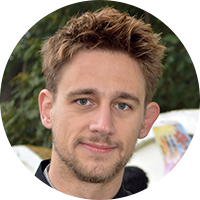 Andrea Pregel.
Andrea Pregel.
Andrea is Sightsavers’ Programme Advisor for Social Inclusion and Disability, based in the UK office.
Want to read more about our work?
Sightsavers and inclusive healthLatest blogs
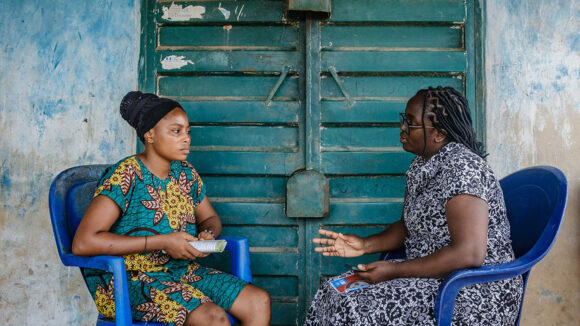
Why community collaboration is important in our research
Our research on female genital schistosomiasis has highlighted the need to establish a safe and supportive environment for participants when studying sensitive topics.
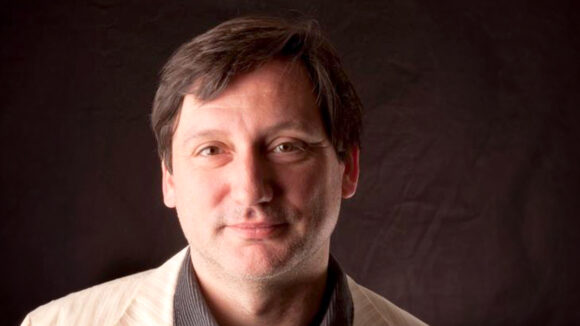
The key to inclusive education is engaging organisations of people with disabilities
Collaborating with organisations of people with disabilities (OPDs) on our inclusive education projects has earned the Sightsavers-led Inclusive Futures consortium a Zero Project Award in 2024.
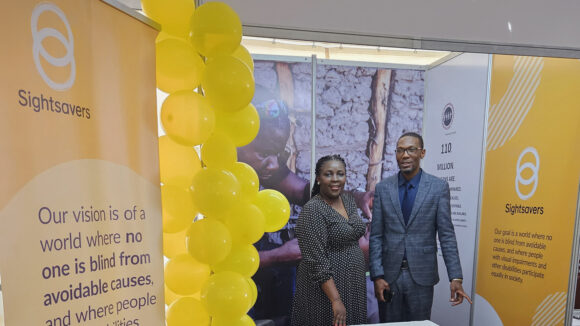
Six takeaways from the International Conference for Public Health in Africa
Sightsavers’ Hortance Manjo shares insights from the event in Zambia, which highlighted eye health for the first time.
